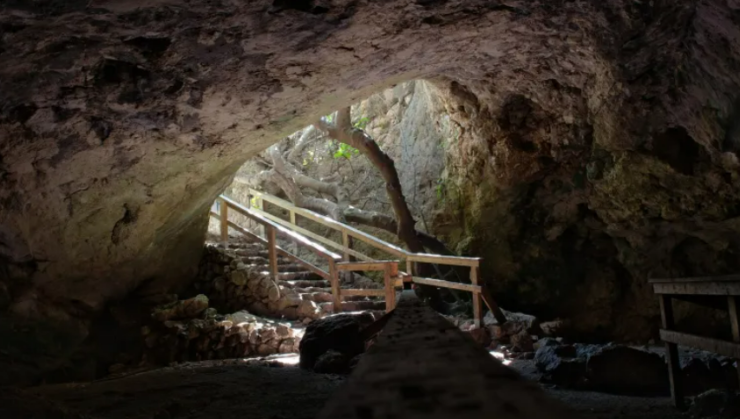Skulls and oil lamps are abundant in the Te’omim Cave in the Jerusalem Hills. According to a recent study, these items may have been utilized in dark rituals. Necromancy and witchcraft were frowned upon in antiquity but were common. Ancient sources say that weapons such as skulls, lamps and axes played an important role in witchcraft. It is remarkable that all these objects were found in a cave in Jerusalem.
Archaeologists exploring Te’omim Cave found more than 120 oil lamps dating to the Late Roman and Early Byzantine periods hidden in narrow, hard to reach crevices. Due to their placement and proximity to several human skulls, it seems unlikely that they were used for lighting.
The lamps may have been used in witchcraft rites, according to Boaz Zissu of Bar-Ilan University and Eitan Klein of the Israel Antiquities Authority. For confirmation in a recent study publication, the pair looked to ancient sources.
The history of Te’omim Cave
The Cave of Te’omim has long been recognized as a mysterious and magical place. In the 1900s it was known as Mŭghâret Umm et Tûeimîn, or “the cave of the mother of twins”. Locals believed that the water that used to collect in the rock pools and drip from the ceiling had healing powers. In one of their earlier studies, Klein and Zissu suggested that it was a temple dedicated to a god from the underworld.
Although Te’omim Cave had been known to the locals for centuries, it was first documented during a survey in western Palestine in 1873. Subsequent expeditions discovered new sections of the cave, as well as various objects. In the 1920s, a collection of stone and ceramic vessels dating from the Stone Age to the Byzantine period was discovered.
Between 1970 and 1974, explorer Gideon Mann found passages leading to secret chambers containing vessels made of glass. The most recent excavations, conducted by the Hebrew University of Jerusalem, went even deeper and found not only the aforementioned oil lamps and skulls, but also daggers and an axe head.
Klein and Zissu initially entertained the idea that these items might have been dragged off by rodents into more difficult areas of the cave. A skull perched atop four oil lamps in one crevice, however, revealed a different tale. The collection implied that people, not rodents, were to responsible and that they might have employed these items for a particular use.
From their clues, Klein and Zissu conclude that the Te’omim Cave “had all the cultic and physical elements necessary to serve as a possible gateway to the underworld.”
Klein and Zissu see their work as a contribution to an emerging and often challenging field they call “the archaeology of magic”. We thank everyone who contributes to all branches of science.
